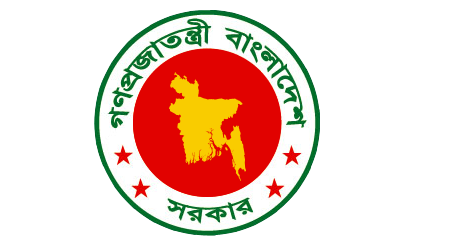A comprehensive and effective social protection system is an essential component of a market economy. The success of developed countries has – in part – been the result of their investments in social protection. On average, OECD countries spend around 14% of GDP on their national social protection systems. As Figure 1 indi- cates, developed countries would look very different without investments in social protection, with significantly higher poverty rates. Germany, for example, invests around 16% of GDP in social protection, reducing the national poverty rate from 32.5% to 8.9% and bringing significant other benefits such as lower inequality and greater social cohesion. In terms of expenditure, social protection is the largest public service in developed countries.
- Home
- NSSS
- M&E/MIS
- Governance
- Advisory Council Committee on Social Protection Programmes
- Cabinet Committee
- Central Management Committee (CMC) on Social Protection
- Project Steering Committee (PSC)
- Project Implementation Committee (PIC)
- Action Plan Implementation Sub-Committee
- Focal Point
- Thematic Cluster
- Sub-National Committees
- GO-NGO
- Local Consultative Group (LCG)
- System Strengthening
- Resources
- About
- Conferences
- Home
- NSSS
- M&E/MIS
- Governance
- Advisory Council Committee on Social Protection Programmes
- Cabinet Committee
- Central Management Committee (CMC) on Social Protection
- Project Steering Committee (PSC)
- Project Implementation Committee (PIC)
- Action Plan Implementation Sub-Committee
- Focal Point
- Thematic Cluster
- Sub-National Committees
- GO-NGO
- Local Consultative Group (LCG)
- System Strengthening
- Resources
- About
- Conferences



